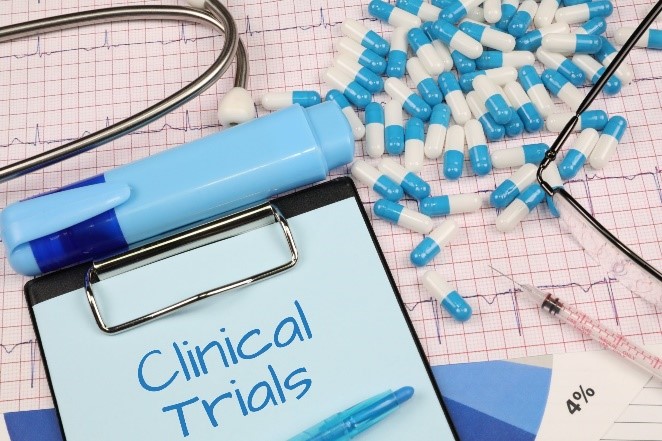Epidermolysis bullosa
4. Clinical development (humans)
The clinical development is based on the generated information in the previous phases of basic investigation and preclinical. On these studies the security and effectiveness of the new compound will be tested as it will be the first time it is administered to people. Next, the best dose (which quantity) and posology (with what frequency) will be looked for, closely following the possible secondary effects that might appear.

Before starting a clinical trial, the regulatory agencies (AEMPS in Spain) study all the previously obtained results in the investigation and preclinical phases. Also, we must present a detailed description of what it is that will be done and studied, as well as a planification of the future clinical trial, which is known as protocol. All this information must be authorized by the AEMPS. Besides, it will also be supervised by clinical investigation ethics committees. These will warrant the respect to the rights and the wellbeing of the people taking part on the trial.
Once the protocol is approved and the green light to start is given, the volunteers will be recruited. These will need to meet certain conditions called criteria to be able to participate. These criteria include factors like age, sex, type of disease, etc., as well as other medical criteria. These conditions are called inclusion and exclusion criteria and they serve to identify the adequate people so that the clinic and research personnel can find the new information they need.
If the patient decides to take part on the clinical trial, they will need to sign an informed consent which described in detail all the steps that will be followed (protocol). It also described the risks that might occur if said investigation protocol is followed. This document is not a contract. The volunteering people in a clinical trial are free to leave the trial at whatever point.